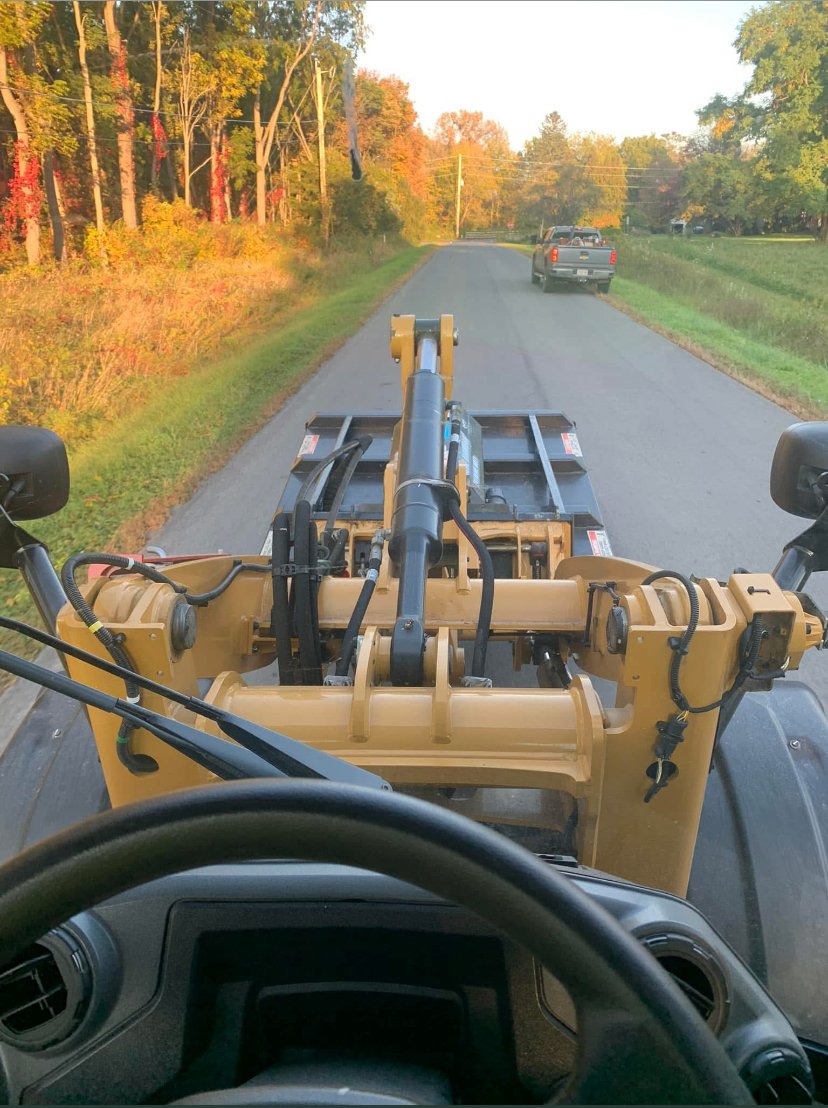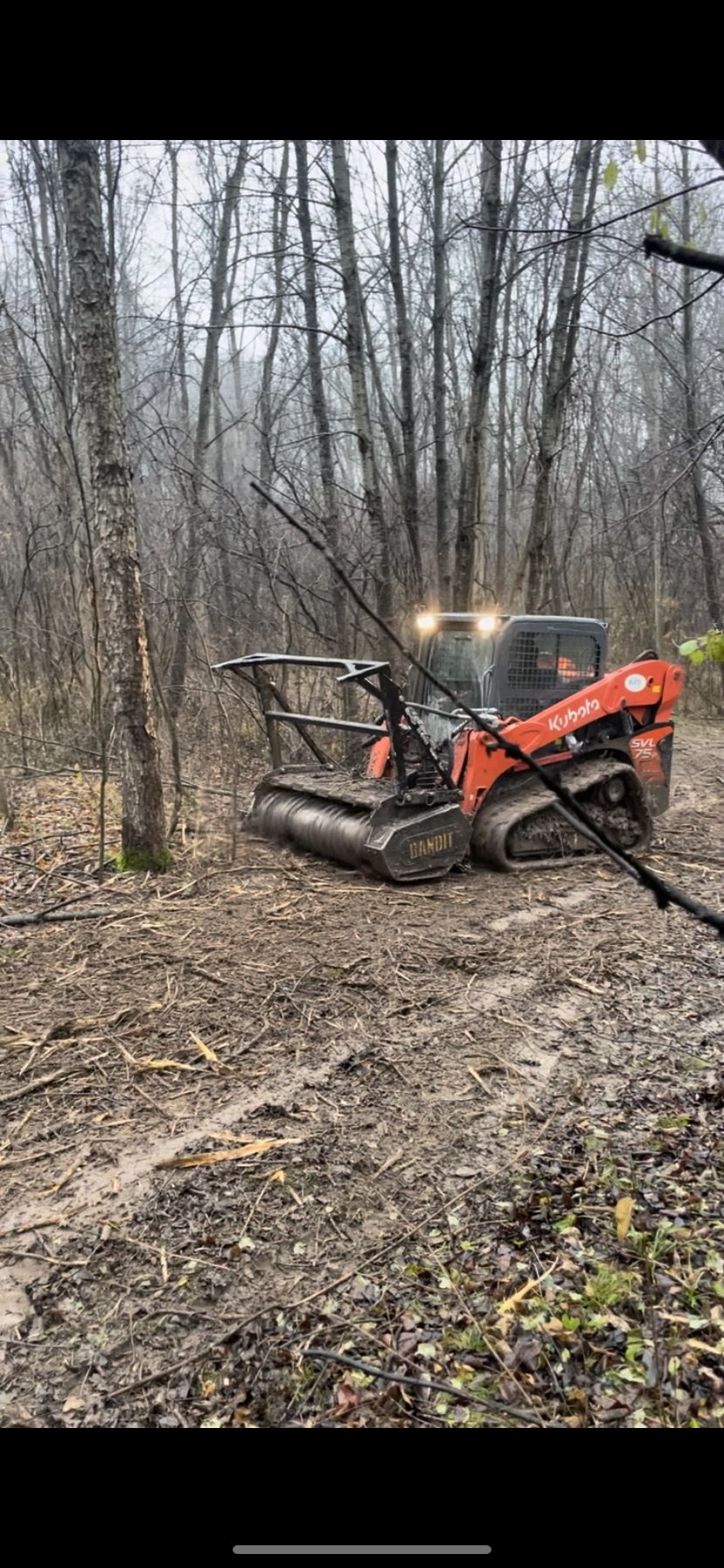Forestry mulching is an important land management practice that offers numerous environmental and practical benefits. It involves using specialized machinery to grind tree stumps, brush, and other vegetation into mulch. This process plays a vital role in various applications, including site preparation, land clearing, and habitat restoration.
One significant advantage of forestry mulching is its ability to efficiently clear land without disturbing the soil. Unlike traditional land clearing methods, which often involve uprooting trees and digging up roots, mulching preserves soil structure and minimizes erosion. This is crucial for maintaining healthy ecosystems and protecting waterways from sedimentation.
Moreover, forestry mulching creates a protective mulch layer that enhances soil health. This layer helps retain moisture, suppresses weed growth, and promotes the growth of desirable plants. As the mulch decomposes, it adds organic matter back into the soil, improving its fertility and promoting better plant growth.
From a forestry management perspective, mulching helps in reducing the risks of wildfires. By managing underbrush and excess vegetation, forestry mulching reduces fuel loads, thereby minimizing the chances of uncontrolled fires. Additionally, this practice can improve access to forested areas for maintenance and monitoring purposes.
Another critical aspect of forestry mulching is its role in habitat management. It can facilitate the creation of diverse habitats suitable for various wildlife species. By selectively removing invasive species and overgrowth, forestry mulching encourages native vegetation to flourish, supporting local biodiversity.
Finally, forestry mulching is often a cost-effective option for landowners and developers. It requires less time and labor compared to traditional land clearing methods and results in minimal waste, as the mulch can be reused on-site.
In summary, forestry mulching is an essential practice for sustainable land management. Its ability to enhance soil health, reduce wildfire risks, support biodiversity, and offer cost-efficient clearing solutions makes it an important tool for both environmental stewardship and land development




